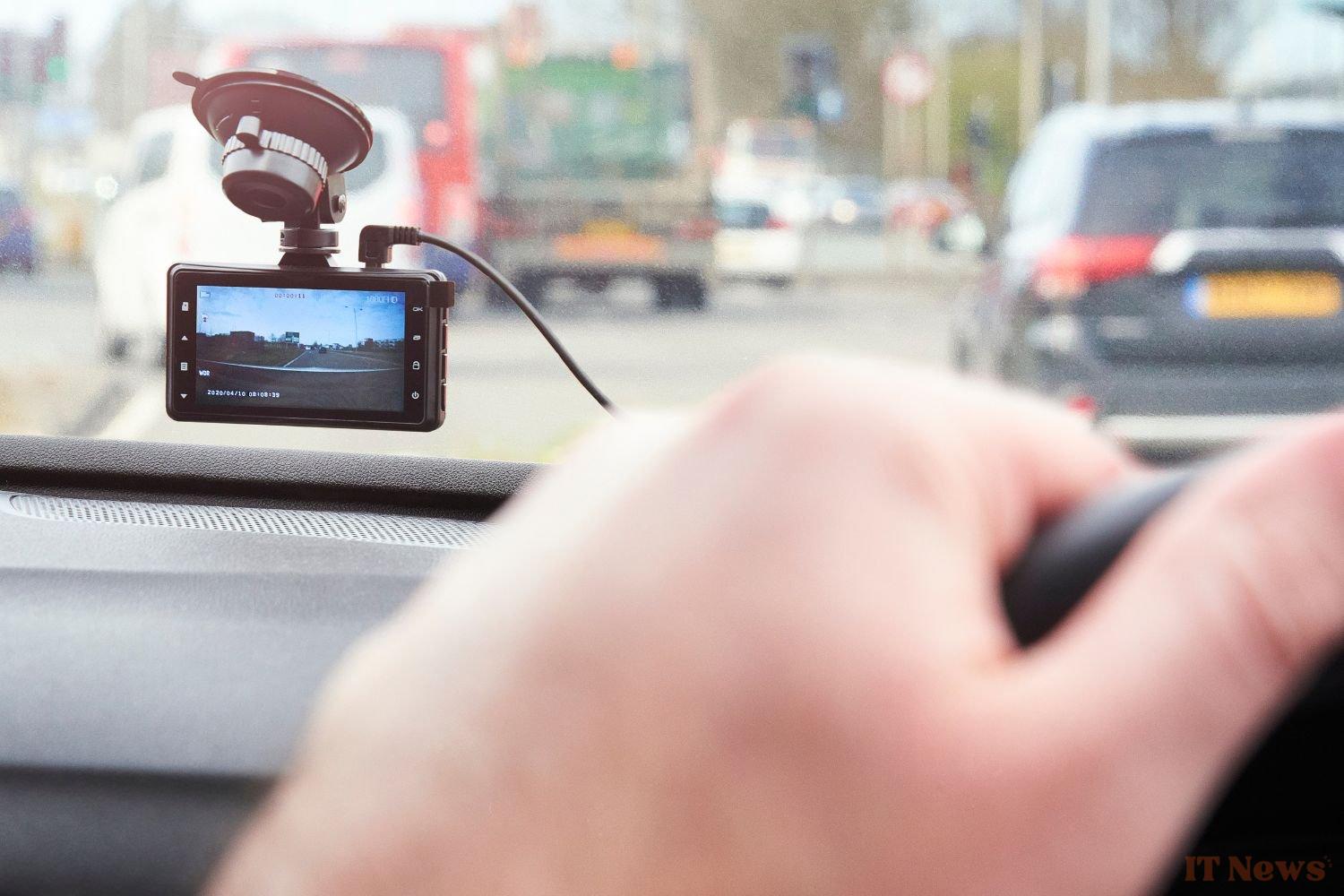For several weeks, viral posts have been circulating on social media claiming that a connected camera will soon monitor every driver, recording their every move and transmitting it directly to the authorities. This claim stems from a European regulation adopted in 2019, which provides for the gradual introduction of automated safety tools and an Event Data Recorder (EDR) in certain new vehicles.
Cameras in cars?
This hype, against a backdrop of fears of massive, automated surveillance, is indeed based on an existing directive at the European level. But it is neither recent nor as categorical. While the regulations are indeed moving towards greater assistance and security, they do not provide for continuous transmission of images or widespread access by law enforcement to driver data.
What the law really says
Regulation (EU) 2019/2144, adopted in 2019, gradually requires the integration of new security features in new vehicles. These include:
- An Intelligent Speed Adaptation (ISA) system
- Driver drowsiness and distraction alerts
- An Event Data Recorder (EDR)
From July 2024, all new models approved in Europe must incorporate these systems, and from July 2026, the requirement will extend to all new registrations.
Dashboard cameras? Yes, but...
Dashboard cameras, also known as Driver Monitoring Systems (DMS), are designed to detect driver drowsiness or distraction. Their purpose is to alert the driver in the event of a loss of attention. Contrary to what is being claimed on social media, this is not a remote monitoring system, but a simple security device. The data collected will remain located in the vehicle and will not be transmitted or accessible in real time by the authorities. This point was confirmed by the Ministry of Ecological Transition to AFP.
Regarding the EDR, also known as a black box, a recording will indeed be accessible, but only in the event of an accident. Furthermore, the device will only capture technical data (speed, braking, seatbelt usage, collision force) over a very short period, a few seconds before and after the impact. No personal data, images, sounds, or conversations are involved. Furthermore, access to this information will be strictly reserved for investigators, judicial authorities, or research institutes. More specifically, the EDR will not allow the driver, owner, or passengers of the vehicle to be identified, and the data will be automatically deleted after processing.
Why are social networks on fire?
Several factors explain the persistence of this rumor: lack of awareness of on-board technologies, often perceived as intrusive, confusion between security devices and surveillance tools... As is often the case, fake news proliferates, and social networks play the role of catalyst. The fact remains that behind the law adopted six years ago, the European Union is aiming for a drastic reduction in the number of road deaths by 2050. This ambition will not result in widespread police surveillance, but rather in the addition of systems governed by the GDPR and European texts, guaranteeing the confidentiality of the data collected.



0 Comments